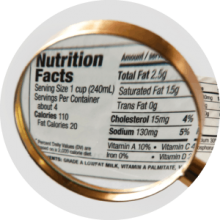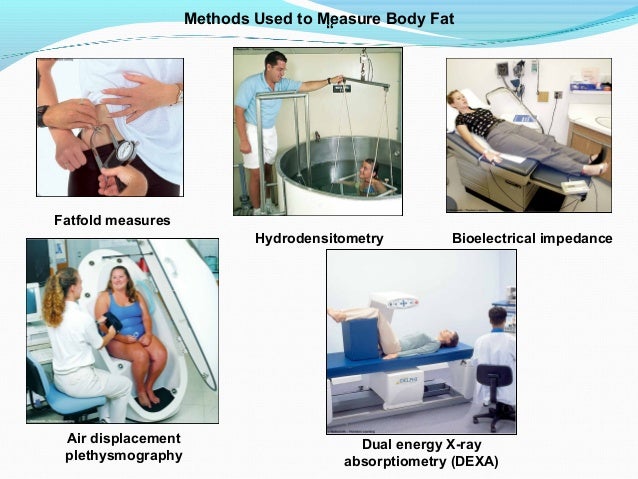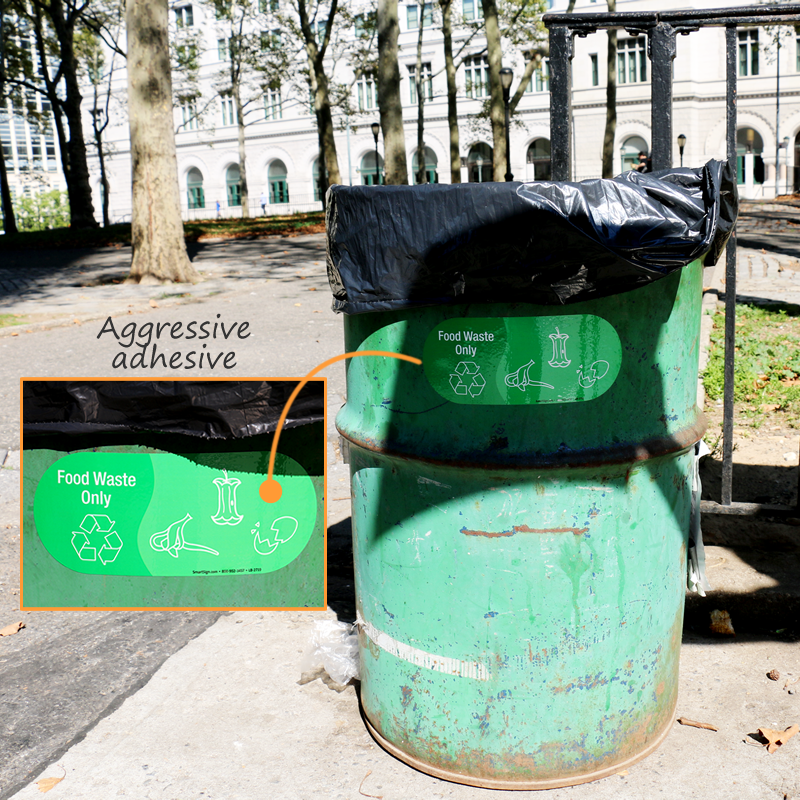39 energy on food labels
What is food energy? - BBC Bitesize Energy is measured in joules (J) or kilojoules (kJ). One kilojoule is the same as 1000 joules. An older unit for measuring food energy is the kilocalorie, often just called calories. One calorie is... The Science Behind Calories and Nutrition Facts Labels These labels provide you with information you need to make healthy food choices. Our bodies get energy from the food we eat. When we digest food, our bodies use some energy right away and store the rest of the energy for later. Our bodies use energy for three main things. These include digestion, physical activity and other body functions.
How Do They Calculate Calories on Food Labels? Additional research shows that energy values using traditional Atwater factors overestimate the energy value of almonds and pistachios by 32% and 5%, respectively. Our tips: We want to believe that the information on food labels is 100% accurate, but in reality, it is a compilation of best available data rounded to whole numbers.

Energy on food labels
Labelling-Determination of the energy content of food How is energy content recorded on labels? In the UK and other member states of the European Union manufacturers of pre-packaged food must label the nutritional energy of their products in both kilocalories ("kcal") and kilojoules ("kJ"). The energy content of food is generally given for 100 g and for a typical serving size. Energy labelling of alcoholic beverages - Food Standards on-label energy content information is the best option to address the problem and is generally supported by stakeholders as the preferred option a shortened nutrition information panel (NIP), containing average energy content only, appears to be the most appropriate format for labelling of alcoholic beverages and was preferred by most ... Food labels & nutritional information | Raising Children Network Things to look out for on food labels: energy, fat, sugar and salt Energy Energy is listed on the panel as kilojoules (kJ). Fats, protein and carbohydrates all provide your body with the energy or kilojoules you need to function and do your daily activities.
Energy on food labels. Looking at labels - British Nutrition Foundation Nutrition labelling terms explained · 'Energy' – the amount of energy in a food or drink is measured in calories. · 'Carbohydrates'– this includes both starch ...Energy: …in calories (kcal) and kilojoules (kJ)Sugar content: …in grams (g) Energy in food (kilojoules and calories) - Better Health Channel Food energy used to be measured in Calories (Cal) and some countries still use those units. The conversions are as follows: 1 kJ = 0.2 Cal; ... You can find out how many kilojoules are in specific foods by checking the label (nutrition information panel) on packaged foods in the supermarket. When eating out or grabbing food on the run, check ... Food Labeling & Nutrition | FDA Food labeling is required for most prepared foods, such as breads, cereals, canned and frozen foods, snacks, desserts, drinks, etc. Nutrition labeling for raw produce (fruits and vegetables) and... Food labels - NHS Most pre-packed foods have a nutrition label on the back or side of the packaging. These labels include information on energy in kilojoules (kJ) and kilocalories (kcal), usually referred to as calories. They also include information on fat, saturates (saturated fat), carbohydrate, sugars, protein and salt.
Food Labels | Nutrition.gov The U.S. Food and Drug Administration (FDA) has updated the Nutrition Facts label on packaged foods and beverages with a fresh design that will make it easier for you to make informed food choices that contribute to lifelong healthy eating habits. What's in a Name? What Every Consumer Should Know About Foods and Flavors Food Labels | CDC If you eat the whole thing, you are eating 8 times the amount of calories, carbs, fat, etc., shown on the label. Total Carbohydrate shows you types of carbs in the food, including sugar and fiber. Choose foods with more fiber, vitamins, and minerals. Choose foods with lower calories, saturated fat, sodium, and added sugars. Avoid trans fat. Carbon Labels Are Finally Coming To The Food And Beverage Industry There's hope that having carbon labels on food will help encourage change on an individual level, and that it will help educate consumers to eat a more environmentally friendly diet. One study ... Nutrition information panels - Food Standards Nutrition information panels (NIP) on food labels provide information on the average quantity of energy in kilojoules or in kilojoules and kilocalories and these nutrients: protein fat saturated fat carbohydrate sugars sodium - a component of salt. A NIP will include information about other nutrients if a claim is made.
Food Labels: Calories VS Energy - Marci R.D. In case you haven't noticed, their food labels don't contain the word "calories." Instead, they use the word "energy." Every time I see that it brings a smile to face. In my opinion, the word calorie seems to possess a laundry list of negative associations. Count your calories Cut your calories Burn your calories Choose your calories wisely Reading Food Labels (for Parents) - Nemours KidsHealth The food label gives total carbohydrates along with fiber, total sugars, and added sugars. Dietary Fiber Dietary fiber itself has no calories and is a necessary part of a healthy diet. Fiber can help you feel full and promotes bowel regularity. High-fiber diets can help lower cholesterol levels and may help reduce the risk of colon cancer. Sugars Why most food labels are wrong about calories - The Conversation Food labels ignore the costs of the digestive process - losses to bacteria and energy spent digesting. The costs are lower for processed items, so the amount of overestimation on their labels is ... How to understand food labels - Eat For Health The Nutrition Information Panel on a food label offers the simplest and easiest way to choose foods with less saturated fat, salt (sodium), added sugars and kilojoules, and more fibre. It can also be used to decide how large one serve of a food group choice or discretionary food would be and whether it's worth the kilojoules.
Food Labels (for Teens) - Nemours KidsHealth A food with 20% or more of a nutrient is high in that nutrient. The information on food labels is based on an average adult diet of 2,000 calories per day. The actual number of calories and nutrients that kids need will depend on their age, weight, gender, and level of physical activity. (For more guidance, check out the USDA's MyPlate .) Fat
How to Understand and Use the Nutrition Facts Label | FDA That is two times the calories and nutrients shown in the sample label, so you would need to double the nutrient and calorie amounts, as well as the %DVs, to see what you are getting in two...
Food labels: a guide to reading nutrition labels - MyDr.com.au Energy. The nutrition label displays the quantity of energy (measured in kilojoules) found in a serving and in 100 grams (or 100 millilitres if liquid) of the product. ... A food label must also contain an advisory or warning statement if the food contains a substance that has associated health risks that people may not be aware of (e.g. the ...
What do energy labels mean? | Green Choices The familiar EU Energy label, rates products from A (the most efficient) to G (the least efficient) and is required by European law to be displayed at the point of sale on the following products: Washing machines, washer-dryers tumble dryers Fridges, freezers and fridge freezers Dishwashers Electric ovens Energy-saving light bulbs Air conditioners
Should You Bite on Energy Bar Health Claims? - Consumer Reports Energy bar labels are covered in claims from "gluten free" to "non GMO." We counted 31 different types of assertions on the labels of the bars we looked at in our recent tests that had to ...
Nutrition labels decrease energy intake in adults consuming lunch in ... Abstract. Increased visibility of food labels is a potential method to reduce the rate of obesity. However, few empirical studies have investigated the impact of nutrition labeling on food selection or energy intake. This study tested the hypothesis that nutrition labeling in combination with nutrition label education would promote reductions ...
How to Calculate Energy From Foods | livestrong Step 1 Multiply grams of carbohydrate in the food by 4 calories per gram. A calorie is a unit of how much energy is in a given amount of food, also called a kcal. Regardless of whether the carbohydrate in food is sugar or starch, all carbohydrates provide the body with 4 calories/gram, explains Dr. Lauralee Sherwood in her book "Human Physiology."
Nutrition labelling - Food Safety It must provide the energy value and the amounts of fat, saturates, carbohydrate, sugars, protein and salt of the food. The declaration must be presented in a legible tabular format on the packaging. Where space does not permit it, the information may be presented in linear format.






Post a Comment for "39 energy on food labels"